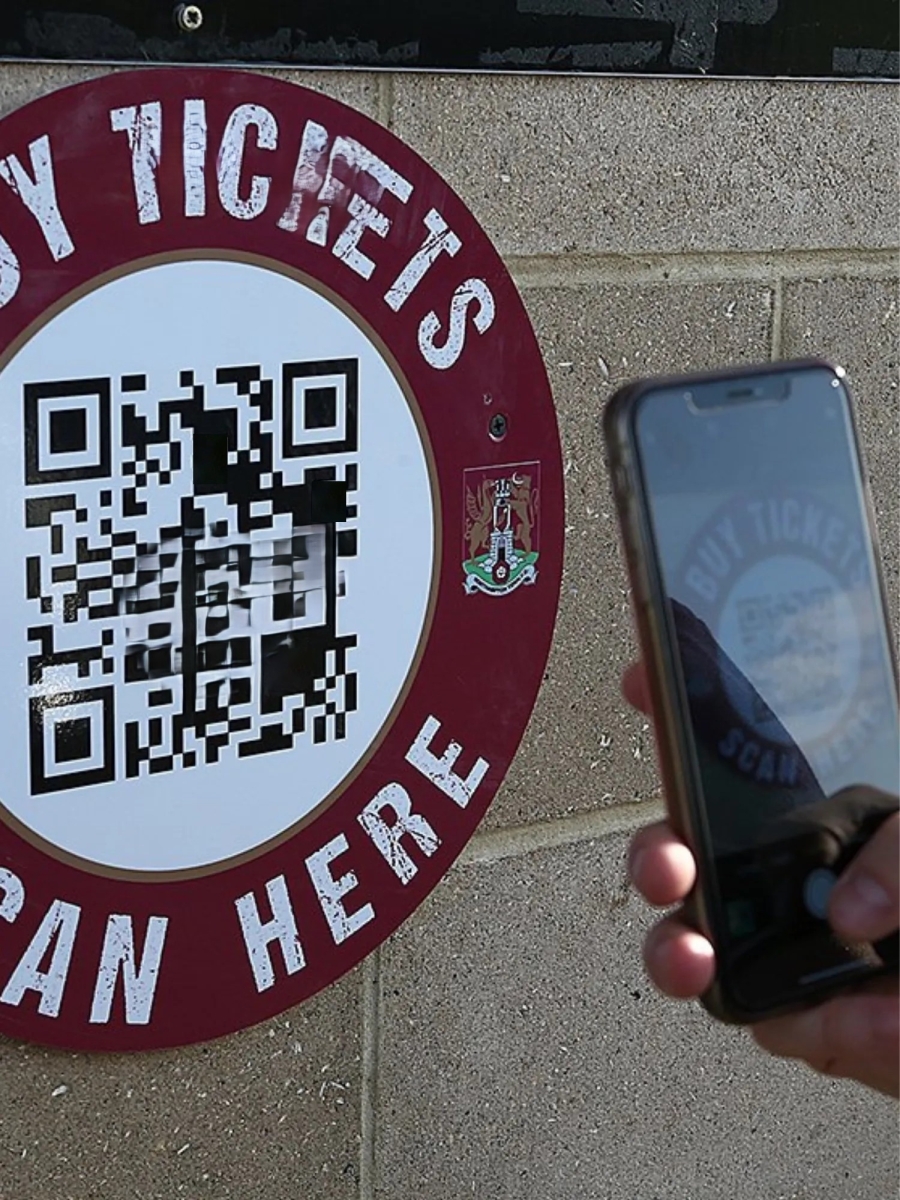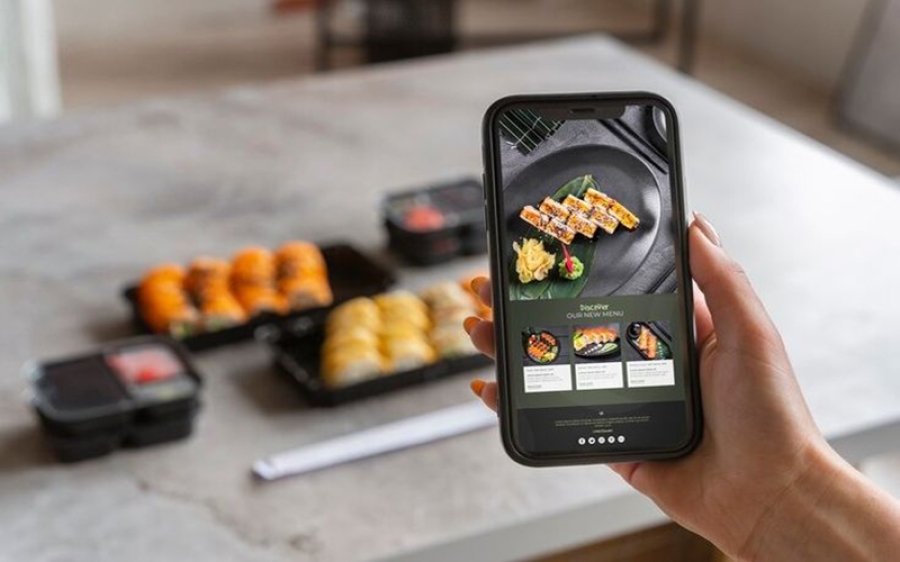QR Codes: A Journey Through Time
In the world of modern technology, QR codes have become an integral part of our daily lives, revolutionizing the way we access information and interact with the world around us. But how did these square-shaped codes come into existence, and how have they evolved over the years? Let's take a journey through time to explore the fascinating history and evolution of QR codes.
The Birth of QR Codes
In 1994, a team of Japanese engineers at Denso Wave embarked on a mission to create a barcode that could store more data and be read faster than traditional barcodes. This led to the birth of QR codes, which were initially designed for tracking automobile parts during manufacturing.
Global Recognition and Adoption
By the year 2000, QR codes had gained recognition as an ISO International Standard, establishing them as a globally accepted barcode format. This paved the way for widespread adoption across various industries, from manufacturing and logistics to marketing and retail.
Mobile Revolution
The year 2002 marked a significant milestone in the evolution of QR codes with the invention of the first mobile phone equipped with a built-in QR code scanner—the SHARP J-SH09 in Japan. This breakthrough made QR code scanning accessible to the masses, leading to the development of third-party QR code reader apps.
Rise of Smartphone Technology
With the advent of 4G cellular technologies in the following years, access to mobile internet became faster and more widespread. This enabled real-time information retrieval through QR code scanning, opening up new possibilities for interactive experiences.
Integration with Design Elements
In 2014, Denso Wave introduced Frame QR codes, allowing QR codes to be seamlessly integrated with design elements without sacrificing scannability. This led to the use of QR codes in marketing campaigns, where brand logos and decorative elements were added to attract customers.
QR Codes in Air Travel
The airline industry embraced QR codes for boarding passes, leading to a significant increase in mobile boarding pass downloads between 2015 and 2019. This made air travel more convenient and streamlined, enhancing the overall travel experience for passengers.
Adaptation During the Pandemic
The COVID-19 pandemic brought about a major shift towards contactless interactions, leading to a surge in the use of QR codes for contactless payments and transactions. QR codes offered a safe and efficient payment option, enabling businesses to adapt to the new normal.
Continued Growth and Innovation
In recent years, QR codes have continued to evolve and adapt to changing consumer needs and preferences. Businesses across industries use QR codes for a variety of purposes, including providing exclusive offers, contactless menus, event ticketing, and engaging customers in creative campaigns.
Looking Towards the Future
As we look ahead, QR codes are poised to play an even greater role in bridging the gap between in-person and online interactions. With ongoing advancements in technology and increased adoption by businesses and brands, the future of QR codes looks bright and promising.
In conclusion, the journey of QR codes—from their humble beginnings to their widespread adoption and continued innovation—demonstrates their remarkable evolution and enduring relevance in the digital age.








